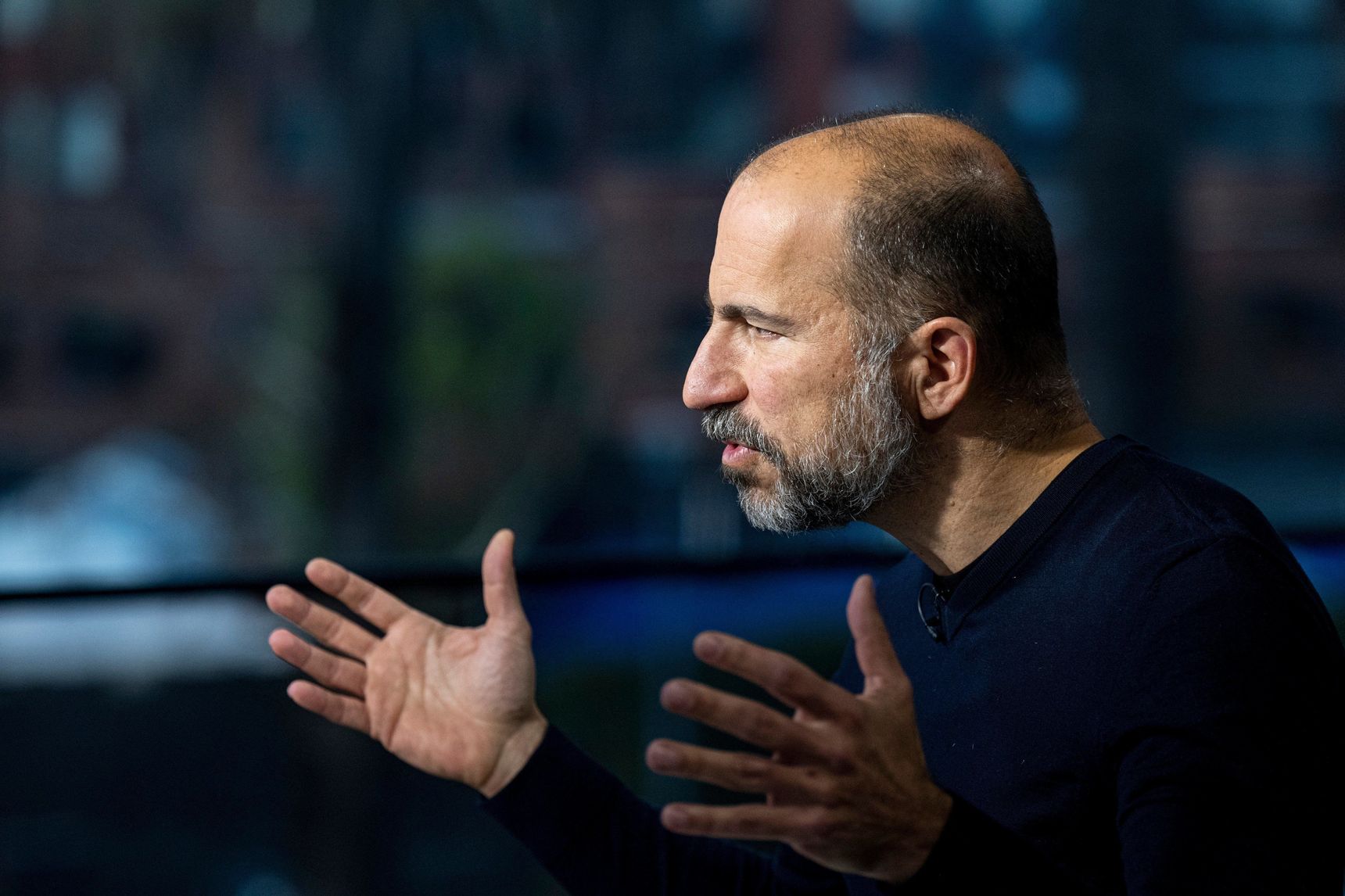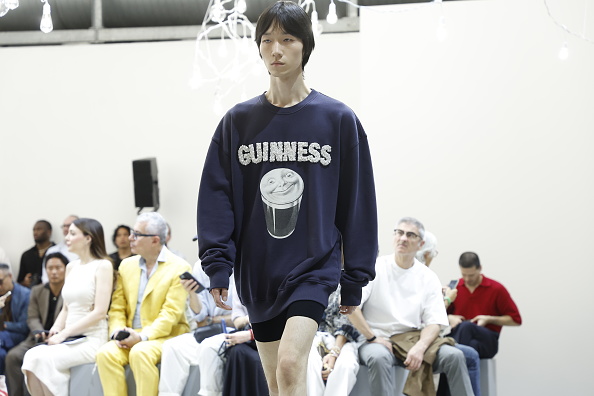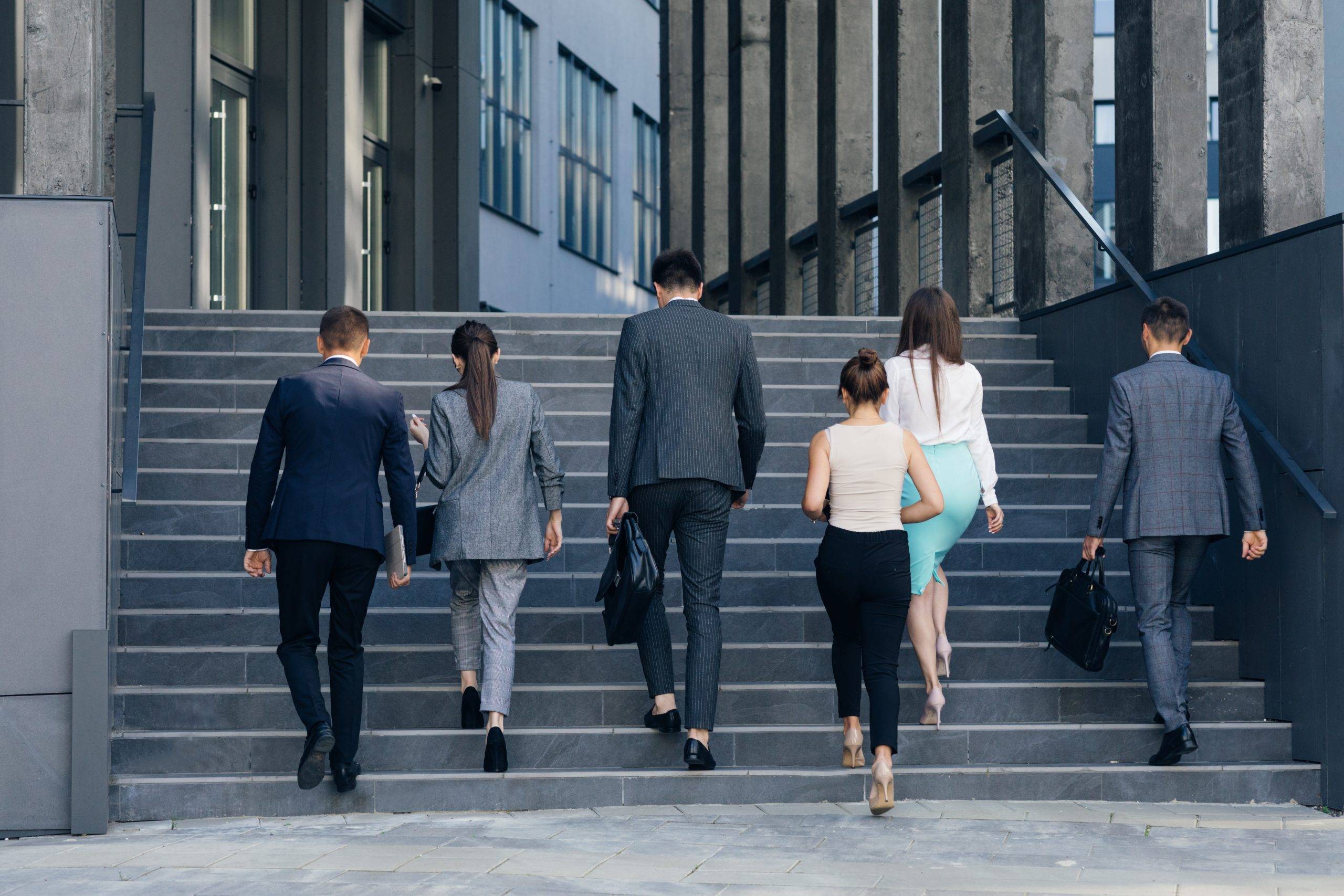Your Next Uber Could Be The Bus
The cost of rides might be pushing some to more economical transportation.
People are thinking twice before opening that ride-share app on their smartphones.
The practice isn’t going anywhere, but the slow pace at which ride volumes have recovered from their pandemic depths is the latest sign the industry might not become as pervasive as once hoped. As dreams of world domination fade and investors watch the bottom line, the cost of that ride might be pushing some potential customers to more economical forms of transportation.
Lately, market leader Uber Technologies has moved beyond the service that made its name a verb. According to its 2022 investor day deck, Uber is in 72 countries. It added Eats to deliver food, and then expanded that to include convenience, alcohol, diapers and much more. It is now adding taxi partnerships and travel, among other things. Soon, you will be able to hail your own private party bus.
These additions are outwardly pitched as a way for Uber to aggressively build a super app from a position of strength. They are arguably just as defensive. If investors once wanted quantity, they now want quality. As Chief Executive Dara Khosrowshahi wrote recently in an internal email: “In times of uncertainty, investors look for safety…we need to show them the money.”
The economics of ride-hailing have changed. Platforms like Uber and Lyft for years grew through subsidizing the cost of rides to win market share from other forms of transportation, as well as from one another. Between 2016 and 2021, Uber burned an average of nearly $3 billion annually.
But with investors now focused on pocketing cash rather than splashing it around, broad subsidies are no longer a winning strategy. And that discipline comes at a time of rising costs. Labour laws, competition and a surge in vehicle and pump prices have meant ride-share drivers need to be paid more. The combination of those costs and investors’ demands for profit and cash flow means postpandemic ride-hailing may never be as affordable as it used to be.
Nationally, average ride-hailing pricing in April was already up nearly 39% from where it was at the same time in 2019, YipitData shows. Some of that has to do with longer rides consumers are now taking. But even on a per kilometre basis, pricing was up over 27%. In sprawling Phoenix and Atlanta, per mile pricing for Uber and Lyft combined was up around 40% and 50% on average, respectively.
The pandemic may be waning, spurring more tourist and commuting demand, but consumers are likely to consider cheaper options amid rising rates and prices for other goods and services. And pricing could get even richer. Facing a driver shortage, Lyft might need to compensate with higher rider rates to compete. Meanwhile, if Uber continues to push for aggressive growth in food delivery and other noncore businesses, then someone has to shoulder that tab.
Ride hailers set out to free us from car ownership and provide us with more convenience and comfort than other available transportation options. What if the future of ride-share is…the bus?
 Copyright 2020, Dow Jones & Company, Inc. All Rights Reserved Worldwide. LEARN MORE
Copyright 2020, Dow Jones & Company, Inc. All Rights Reserved Worldwide. LEARN MORE
This stylish family home combines a classic palette and finishes with a flexible floorplan
Just 55 minutes from Sydney, make this your creative getaway located in the majestic Hawkesbury region.
As Paris makes its final preparations for the Olympic games, its residents are busy with their own—packing their suitcases, confirming their reservations, and getting out of town.
Worried about the hordes of crowds and overall chaos the Olympics could bring, Parisians are fleeing the city in droves and inundating resort cities around the country. Hotels and holiday rentals in some of France’s most popular vacation destinations—from the French Riviera in the south to the beaches of Normandy in the north—say they are expecting massive crowds this year in advance of the Olympics. The games will run from July 26-Aug. 1.
“It’s already a major holiday season for us, and beyond that, we have the Olympics,” says Stéphane Personeni, general manager of the Lily of the Valley hotel in Saint Tropez. “People began booking early this year.”
Personeni’s hotel typically has no issues filling its rooms each summer—by May of each year, the luxury hotel typically finds itself completely booked out for the months of July and August. But this year, the 53-room hotel began filling up for summer reservations in February.
“We told our regular guests that everything—hotels, apartments, villas—are going to be hard to find this summer,” Personeni says. His neighbours around Saint Tropez say they’re similarly booked up.
As of March, the online marketplace Gens de Confiance (“Trusted People”), saw a 50% increase in reservations from Parisians seeking vacation rentals outside the capital during the Olympics.
Already, August is a popular vacation time for the French. With a minimum of five weeks of vacation mandated by law, many decide to take the entire month off, renting out villas in beachside destinations for longer periods.
But beyond the typical August travel, the Olympics are having a real impact, says Bertille Marchal, a spokesperson for Gens de Confiance.
“We’ve seen nearly three times more reservations for the dates of the Olympics than the following two weeks,” Marchal says. “The increase is definitely linked to the Olympic Games.”

Getty Images
According to the site, the most sought-out vacation destinations are Morbihan and Loire-Atlantique, a seaside region in the northwest; le Var, a coastal area within the southeast of France along the Côte d’Azur; and the island of Corsica in the Mediterranean.
Meanwhile, the Olympics haven’t necessarily been a boon to foreign tourism in the country. Many tourists who might have otherwise come to France are avoiding it this year in favour of other European capitals. In Paris, demand for stays at high-end hotels has collapsed, with bookings down 50% in July compared to last year, according to UMIH Prestige, which represents hotels charging at least €800 ($865) a night for rooms.
Earlier this year, high-end restaurants and concierges said the Olympics might even be an opportunity to score a hard-get-seat at the city’s fine dining.
In the Occitanie region in southwest France, the overall number of reservations this summer hasn’t changed much from last year, says Vincent Gare, president of the regional tourism committee there.
“But looking further at the numbers, we do see an increase in the clientele coming from the Paris region,” Gare told Le Figaro, noting that the increase in reservations has fallen directly on the dates of the Olympic games.
Michel Barré, a retiree living in Paris’s Le Marais neighbourhood, is one of those opting for the beach rather than the opening ceremony. In January, he booked a stay in Normandy for two weeks.
“Even though it’s a major European capital, Paris is still a small city—it’s a massive effort to host all of these events,” Barré says. “The Olympics are going to be a mess.”
More than anything, he just wants some calm after an event-filled summer in Paris, which just before the Olympics experienced the drama of a snap election called by Macron.
“It’s been a hectic summer here,” he says.

AFP via Getty Images
Parisians—Barré included—feel that the city, by over-catering to its tourists, is driving out many residents.
Parts of the Seine—usually one of the most popular summertime hangout spots —have been closed off for weeks as the city installs bleachers and Olympics signage. In certain neighbourhoods, residents will need to scan a QR code with police to access their own apartments. And from the Olympics to Sept. 8, Paris is nearly doubling the price of transit tickets from €2.15 to €4 per ride.
The city’s clear willingness to capitalise on its tourists has motivated some residents to do the same. In March, the number of active Airbnb listings in Paris reached an all-time high as hosts rushed to list their apartments. Listings grew 40% from the same time last year, according to the company.
With their regular clients taking off, Parisian restaurants and merchants are complaining that business is down.
“Are there any Parisians left in Paris?” Alaine Fontaine, president of the restaurant industry association, told the radio station Franceinfo on Sunday. “For the last three weeks, there haven’t been any here.”
Still, for all the talk of those leaving, there are plenty who have decided to stick around.
Jay Swanson, an American expat and YouTuber, can’t imagine leaving during the Olympics—he secured his tickets to see ping pong and volleyball last year. He’s also less concerned about the crowds and road closures than others, having just put together a series of videos explaining how to navigate Paris during the games.
“It’s been 100 years since the Games came to Paris; when else will we get a chance to host the world like this?” Swanson says. “So many Parisians are leaving and tourism is down, so not only will it be quiet but the only people left will be here for a party.”
This stylish family home combines a classic palette and finishes with a flexible floorplan
Just 55 minutes from Sydney, make this your creative getaway located in the majestic Hawkesbury region.






















